Garden Trellis Ideas, Types, and DIYs for the Home Gardener

Simply put, garden trellises serve as a support for climbing fruits, vegetables, and flowers. But trellises are more than purely functional. They also provide a decorative backdrop for outdoor greenery and when strategically placed, can provide privacy on a patio or deck. Here we’ll cover trellis ideas, plus the trellis types available for purchase at garden retailers and a few DIY options as well.
Why use a trellis?
A trellis keeps your plants off the ground, which minimizes the chance of soil-borne disease or insect damage.
In the vegetable garden–
Trellises are a veggie garden space-saver. If you have a small garden plot, planting peas to grow vertically on a teepee trellis will leave you more room to grow other edibles. Trellis-grown climbers tend to produce higher yields. And because the vines are off the ground, they are less susceptible to plant diseases.
In the flower garden-
Climbing flowering plants and wonderful variety and beauty to your garden. Flowering varieties that thrive on a trellis system include climbing roses, climbing hydrangeas, honeysuckle, clematis, sweet peas, morning glories, jasmine, and mandevilla, just to name a few.
What types of trellises are available?
There is an endless variety of garden trellises for sale. And several types that you can construct yourself with inexpensive materials.
Manufactured Trellises –
Arched trellises or ‘arches’ are distinctive garden structures that are placed over a pathway. They are designed to grow blooms overhead, creating a distinctive feel in the garden. Spend time in the garden to determine the height and scale of an arch that would work well with your home and landscape. Commercially made arches are usually made of wood. Arches made of plastic and steel are also available.
Obelisks and tripods are both highly decorative and functional. These sturdy freestanding structures and most often made of steel or metal. They add a strong vertical element to the garden and serve as an eye-catching focal point. Because of their distinctive styling, they work best when used minimally, in locations here and there. Before you buy, ensure that the freestanding structure you choose is tall enough to accommodate the climber you wish to grow. For example, a morning glory can reach 8 to 10 feet tall so a 4-foot tripod would become quickly overwhelmed.
Flat trellises are often anchored to a wall or they may be set up to be freestanding. They are often used to create a focal point, for a privacy screen, or to define a garden space. A flat trellis is easy to move about the garden to highlight different locales or to change the look of your landscape. Flat trellises are usually made of wood, metal, steel, or vinyl.
Cage trellises may be round or square in shape, and are commonly made of steel wire or wood. The tomato cage is one of the most popular types of trellises. The cage body is usually constructed in a grid pattern with openings large to reach a hand through for picking fruits or vegetables. Plant vegetables at the base and train them to climb upward, or use them to support flowering vines. To help the trellis support heavy tomato vines, sink three wood stakes into the soil, inserting them through the openings for reinforcement.
DIY Trellis Ideas –
Teepee Trellises
Teepee trellises are as the name implies, are teepee-shaped growing structures. The construction is easy and inexpensive using bamboo poles and twine. Once the trellis is covered in vines, it creates an interesting focal point in the garden. To build a teepee trellis-
What you’ll need:
- Three 8-foot bamboo poles
- Garden Twine
How to build a teepee trellis:
- Hold the poles together at one end with the tops touching and the opposite ends splayed in a teepee shape.
- With a section of twine, securely tie the poles at the top
- Set your teepee in the garden and plant vining flowers or vegetables around the base.
A-frame Trellises
A-frame trellises work well in small gardens with limited square footage. A-frames are excellent for supporting gourds, cucumbers, cantaloupes, and sugar snap peas.
What you’ll need:
- Wood: Four 42-inch long two-by-twos, and four 36-inch long two-by-two
- Chicken wire or plastic mesh
- Screws
- Staple gun
- Metal hinges (2)
How to build an a-frame trellis:
- Select two 42-inch long wood boards and two 36-inch long boards and screw together to make a rectangular panel.
- Make a second panel with the four remaining boards.
- Measure and cut sections of chicken wire or plastic mesh to overlap the panel openings slightly. Staple to the frames.
- Lay the panels end to end with long sides touching. Place open hinges on both ends and screw into place.
- Set the trellis in the garden, opened at an angle so it will stand vertically.
- Plant vining flowers or veggies at the base. As they grow, they will climb up and over the trellis. Plant cool-season crops like leaf lettuce, spinach, or cilantro in the shaded area under the A-frame.
Staked Row Trellises
This type of trellis is more utilitarian than attractive to the eye, but they are easy to build with a few basic materials. This sturdy trellis type works great for growing gourds, peas, tomatoes, and other thick-vined plants.
What you’ll need:
- Wood or bamboo poles, 5-foot in length. (The amount you need depends on how wide you want your trellis to be.)
- Wire
- Staple gun
How to build a staked row trellis:
- Insert a wood pole into the soil approximately 2 feet deep.
- Insert another pole about 3-foot away from the first, again at a 2-foot depth.
- Continue adding poles until you reach the trellis width you desire.
- Cut a length of wire and stretch it across the poles, stapling the wire to the pole as you go.
- Once you have reached the last pole, wrap the wire over it and to the back.
- Continue to stretch the wire across the opposite side, stapling as you go.
- When you reach the first pole, staple to finish.
- Plant vining vegetables or flowers along the base.
Are some trellises more expensive than others?
Yes, if you’re considering a pre-made trellis, the more elaborate the design and the better the materials and construction, the more it will cost. A quality steel trellis is usually more expensive than PVC or plastic version. For DIY trellises, the cost can be minimal or free as you may already have the supplies you need in your garden shed.
Did you know? It’s best to cage or stake tomatoes and peppers, as they need sturdy support. While pole beans and cucumbers grow best when tied to a trellis, so they are free to wander.
Enjoyed the project?
Suggested materials:
- (3) 8-foot bamboo poles
- Garden twine
- (4) 42-inch long two-by-twos
- (4) 36-inch long two-by-twos
- Screws
- Staple gun
- (2) Metal Hinges
- Wood or bamboo poles - 5-foot length
- Wire




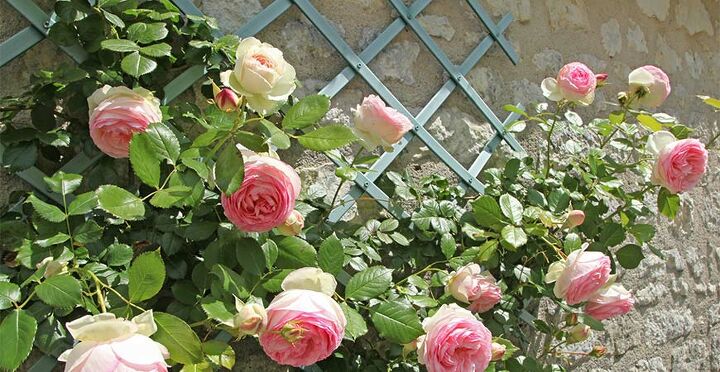



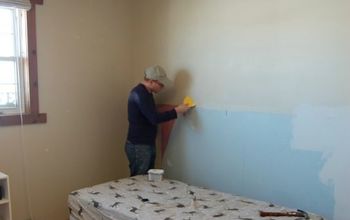
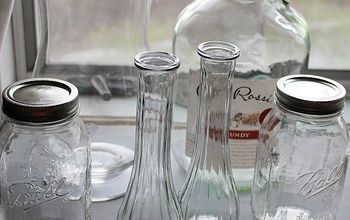




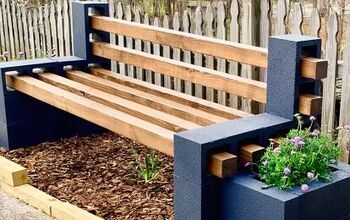
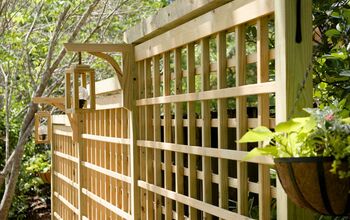
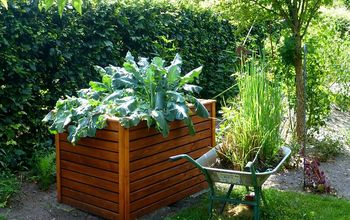

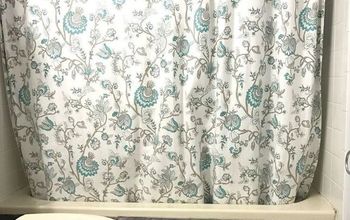
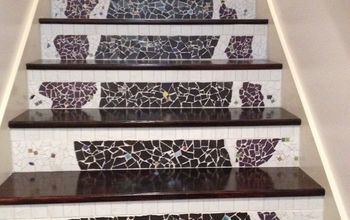


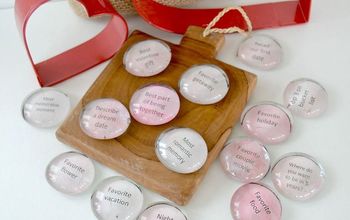
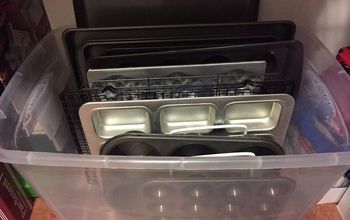



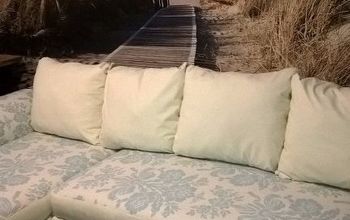
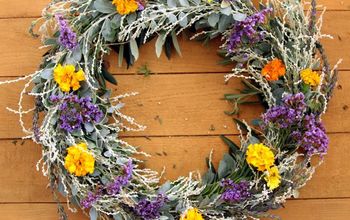


Frequently asked questions
Have a question about this project?